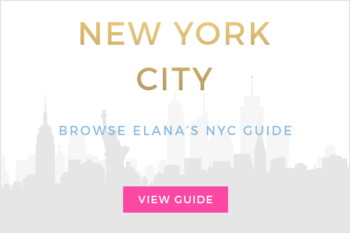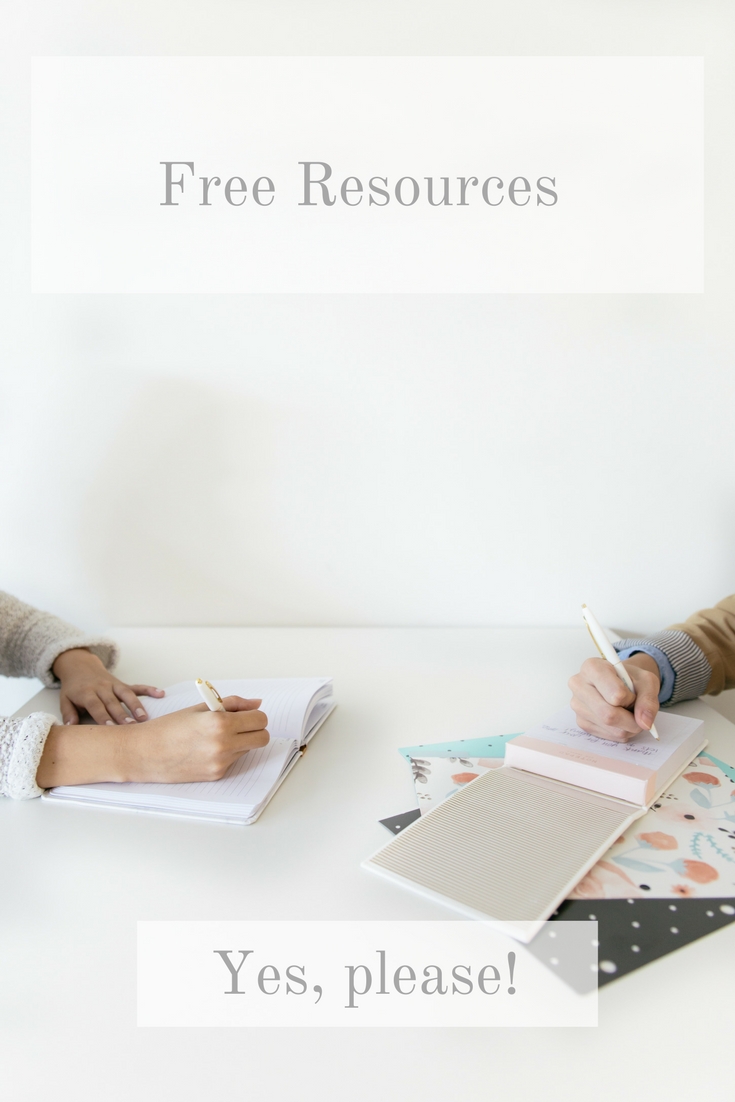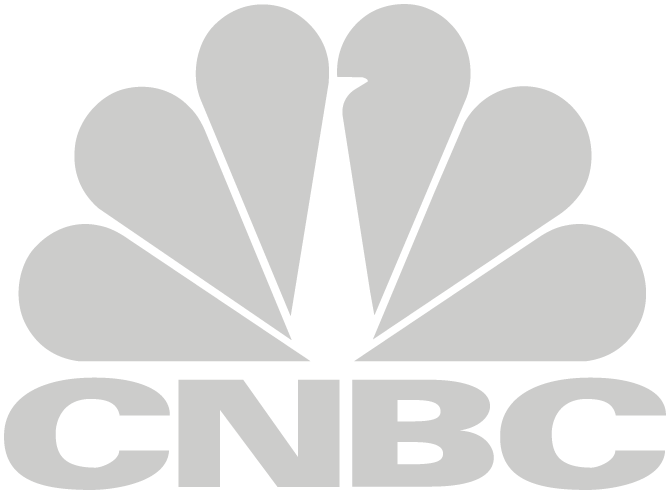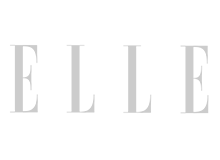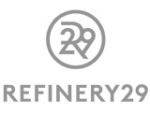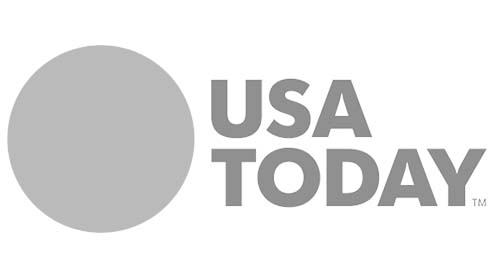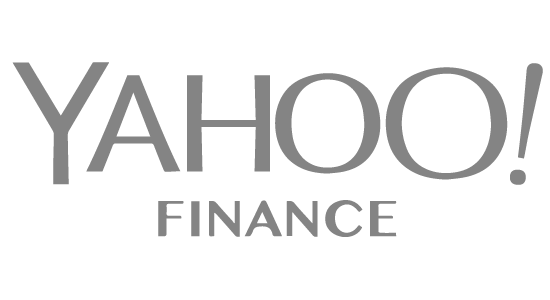After I spoke at Her Conference, Elizabeth Wolfe sent me the best conference follow-up email ever. It was so good that I asked her to share her advice!
A beautifully written conference follow-up email can be the edge that sets you apart. It can strengthen a connection you made with a potential employer or networking contact. Whether you’ve just heard a person speak on a panel or made a connection at a networking event, a good follow-up shows that you appreciate their time and can communicate professionally.
Make sure you send the email as soon as possible, either on the evening of the event or the next day. The longer you wait, the less they will remember you and the less motivated you will seem.
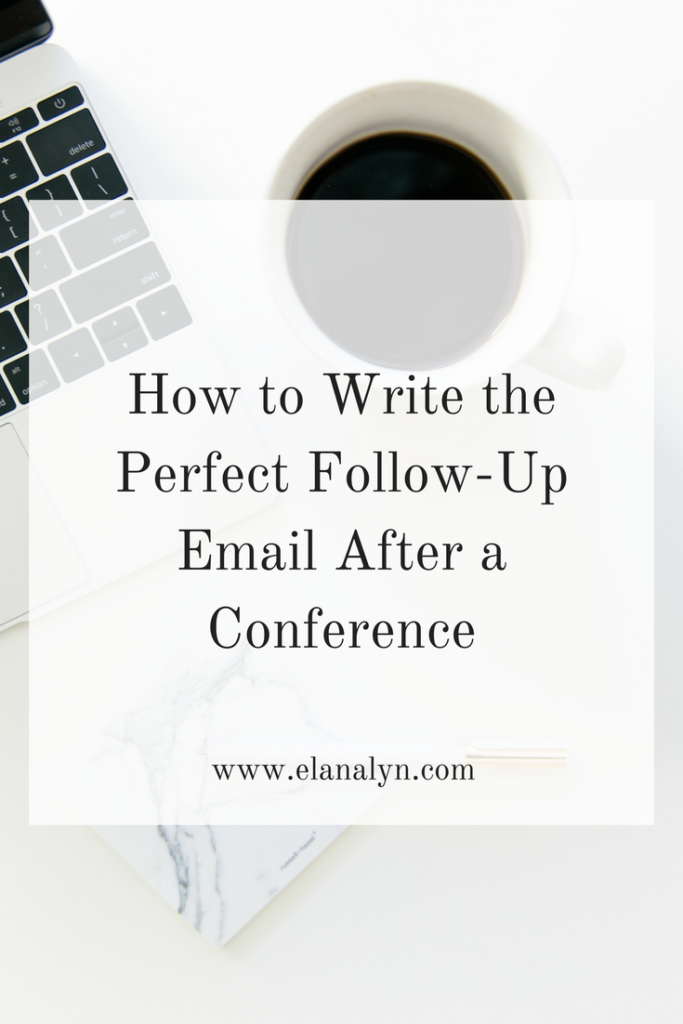
Make the Connection:
If possible, always try to make an initial, in-person connection with them after they speak by introducing yourself or asking a question. You should also thank them in person for taking the time to speak or present at the event. At some larger events, this may not be realistic. In these instances, make sure you listen attentively and take note of a few of the best things that they say. These will come in handy later.
Start Your Conference Follow-Up Email With a Direct Subject Line:
You want your subject line to tell the receiver exactly what you’re emailing them about. It can also provide a preview of what you’re going to say in the body of the email. Possible subject lines may include: “Thank you for speaking at Her Conference” or “It was a pleasure to meet you at Her Conference.”
Open with a Professional Greeting:
Maintain a professional distance, but also be cordial. You should also avoid putting just their name followed by a comma. “Hello ____,” and “Dear ____,” are good greetings. Make sure you are referring to them by their appropriate title, only using first names if you’ve established that relationship or they have indicated that it’s acceptable.
Introduce Yourself and Remind Them Who You Are:
After an event or a busy day, your recipient will likely need a bit of a reminder of who you are. Provide your name, your job title, if applicable, and where you interacted with them.
Provide Specific Details of Your Interaction:
To show them that you’re not just sending a generic follow-up, you should mention particular things that you found interesting or useful that they said. For example, if you asked them a question afterward or during the question and answer session, let them know that you liked their advice. By doing these things, you let them know that you’re not just shooting off cookie-cutter follow-ups to make any connection you can.
Thank Them for Their Time:
This one goes hand-in-hand with the last tip. These two parts of your email can be combined for a smoother-sounding email. The last thing you want is for your message to read like a template you grabbed offline. Quickly thank them for taking the time to share their advice and experiences. The primary purpose of your email should be to thank them and indicate your appreciation. Any connection that may follow is just an awesome bonus.
Focus on the Future:
This is where you’ll need to get creative. Here, you need to hint at the possibility of interacting with them in the future. Depending on what they do, this can be done in several ways. You can tell them you look forward to seeing what they do in the future or even suggest that you may meet again. This leaves the relationship open and creates a more comfortable interaction later if you reach out to them again.
Say a Final Thank You:
Finally, thank them a second time to emphasize the reason you are sending them this email, which is ultimately to thank them for their time. Then, close the email with a professional and genuine sign-off.
Check the Tone:
If you feel like you are a pro-emailer and are able to craft the email easily, you may also consider playing around with tone. If the recipient is an easygoing person or even a peer, you can take a lighter, friendlier tone.
Here’s an example of both a professional and a friendly follow-up.
Professional:
Hello, Ms. Bryant,
My name is Natalie Networker and I’m a freelance writer in New York. We chatted briefly after you spoke on the Book Publishing panel at the ALC Women in Journalism conference yesterday. I really enjoyed our conversation about the impact e-readers have on the publishing industry and your advice for getting an internship in publishing.
Thank you for contributing your time and experience to speak at the conference and for recommending that I contact Bethany Church about the internship. I appreciated your frankness and honesty about the publishing industry. I hope that we will meet again in the future.
Thank you again for the advice.
Best,
Natalie
Friendly:
Hello, Adrienne!
I’m Natalie Networker, a freelance writer in New York. This morning, I chatted with you and your friend Arielle as we waited for the keynote speech to begin. I attended your panel, Ditch the 9-5: How to Make it as a Freelancer, where I asked your advice about sending effective pitches.
I’d like to thank you for taking the time to speak on the panel and share your invaluable experiences. I especially appreciated your advice on the importance of creating a personal brand. (I see that pink-themed Instagram!) I’m a big fan of your blog and your incredible ability to hustle for what you love. I look forward to seeing where you go in the future.
Thank you again,
Natalie
The key to a good conference follow-up email is the ability to make your email sound genuine and leave the interaction open in the future. By sending a memorable follow-up, you set yourself apart and make it easier for you to reach out in the future. The last thing you want is for someone to feel like you are taking advantage of them. So, always make gratitude and personalization your top priorities.


















